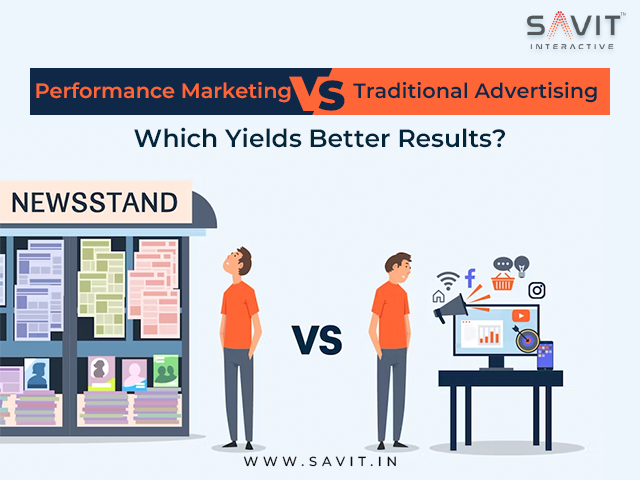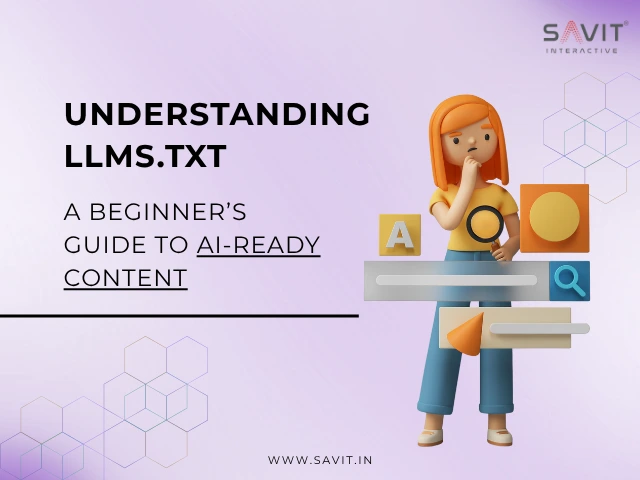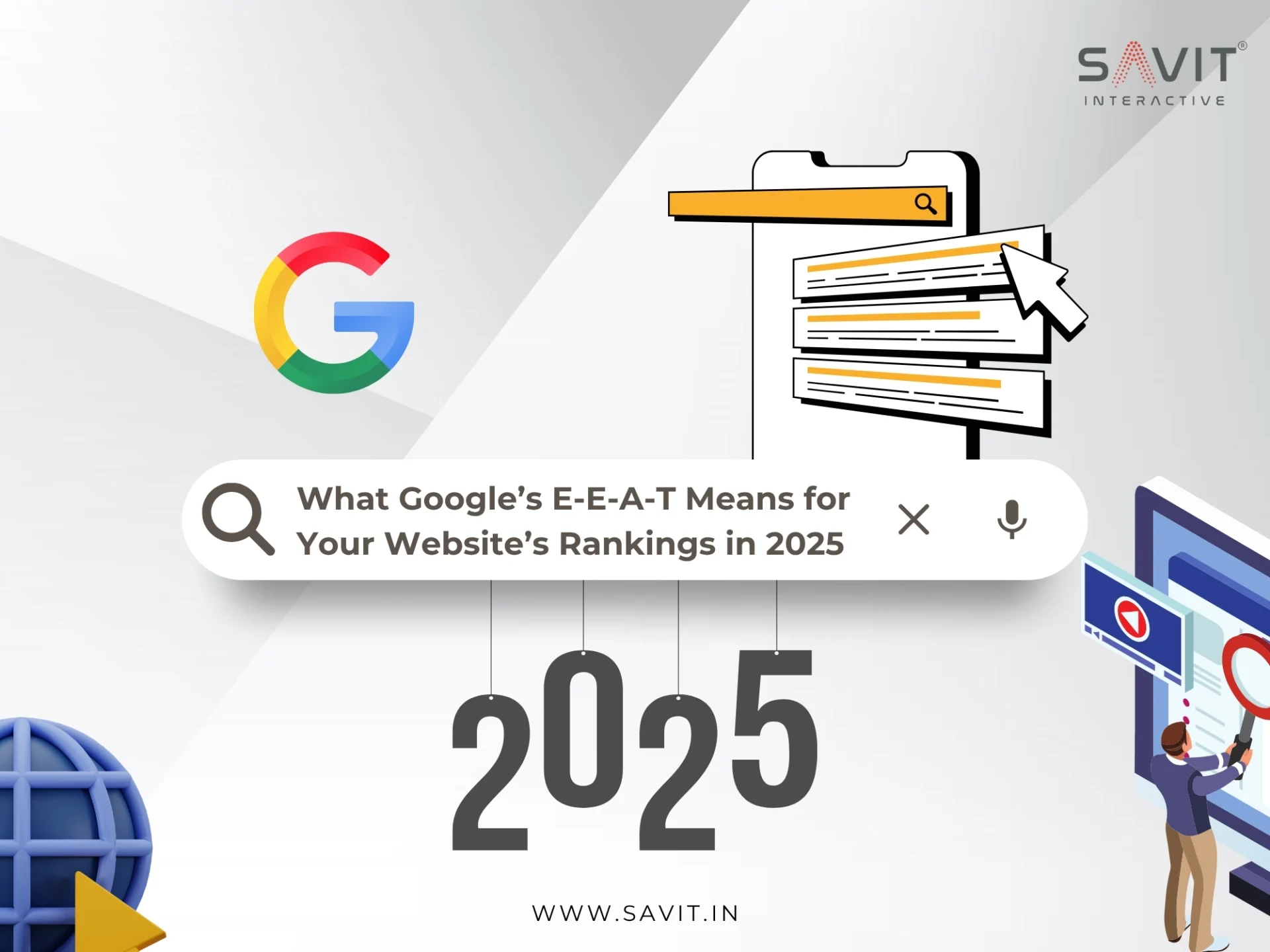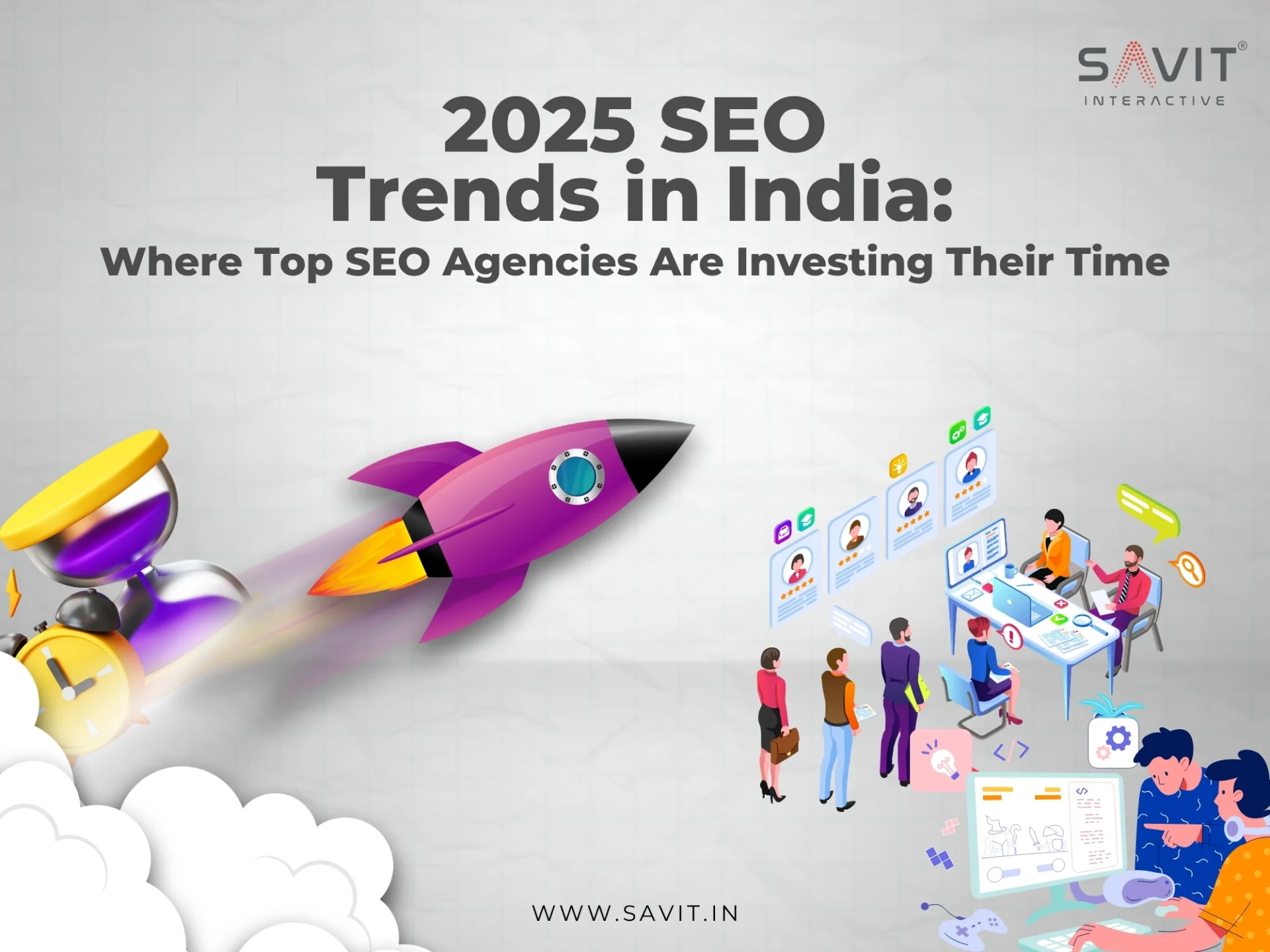Businesses can use both performance marketing and traditional marketing strategies to connect with their target market and meet their marketing objectives. In contrast, traditional marketing focuses more on building brand awareness and consumer loyalty. Performance marketing is more concerned with producing quantifiable results. It’s critical to comprehend the distinctions between these two strategies and which is appropriate for your company’s demands when selecting an agency.
Firms offering performance marketing services employ data-driven strategies to increase client revenue and conversions. To produce results, these agencies use a range of channels, including affiliate marketing, social media advertising, and search engine marketing. They concentrate on tracking and data analysis to increase performance over time and optimise campaigns.
Traditional marketing organisations, on the other hand, rely more heavily on conventional media like print, radio, and television to promote brands and win over customers. To reach their target demographic, they could also employ strategies like event marketing, direct mail, and public relations. These agencies devote a lot of effort to developing strong reputations and brand recognition for their clients.
Your business objectives and budget should be taken into account when deciding between a performance marketing agency and a regular marketing agency. Traditional marketing agencies can better fit companies wanting to establish a strong brand presence and become market leaders. Performance marketing agency can be more cost-effective as they concentrate on producing quantifiable results and gradually improving campaigns.
Your company’s demands and objectives ultimately determine whether you should acquire performance marketing services or regular marketing services. A performance marketing agency might be a better option if you are trying to increase conversions and sales. A traditional marketing firm may be your best option if you want to grow brand recognition and develop a solid reputation.
Differentiating Between Traditional and Digital Marketing
What distinguishes traditional marketing from digital marketing, then? The significant distinction between the two is straightforward, in essence. On the one hand, traditional marketing promotes enterprises or any service through “conventional” media like TV, radio, magazines, newspaper ads, and movies. Digital marketing, on the other hand, uses digital technology platforms, including e-mail marketing, social media, website pop-ups, search engines, mobile marketing, and any other platform connected to the internet to convey publicity messages.
However, despite what we always believed, digital marketing has actually been around since the 1990s, when the first online platform, 1.0, was released. Even though advertisers weren’t expecting a revolution, everything took off when the first clickable banner appeared in 1993. Then, in 1994, Yahoo emerged as the new technology that would begin shaping the search engines, and other rivals like Alexa or Hotbot joined.
In 1998, Yahoo released Yahoo web search, Microsoft unveiled the MSN search engine, and Google joined the fray. The internet expanded two years later, but such obscure search engines continued to exist only in remote areas of the web. When search engine traffic increased by 6.4 billion in only one month in 2006, the sector experienced its first significant uptick.
Nevertheless, as Web 2.0 enabled user interaction with other users and—most importantly—businesses, everything became more manageable for marketers. MySpace was one of the first social media platforms to take off. However, everything changed when Mark Zuckerberg recognised the commercial potential of Facebook’s platform, and the modern era of digital marketing was born.
Digital marketing: What is it?
Online technologies, such as digital media and various digital marketing platforms, are used in digital marketing to advertise goods and services. People and brands realized during COVID that a worldwide health issue couldn’t halt our purchasing and consuming habits. Therefore, movements like Q-Commerce, eCommerce, or any AI experience were the catalysts that sustained digital marketing at the time. During COVID, the majority of people relied on online purchases and continue to do so. Personal care goods, snacks, and domestic supplies are the most popular product categories.
Keep your attention on the digital marketing funnel
96% of shoppers, according to HubSpot, learn more about a brand online. Due to the shift in consumer behaviour, it is now more important than ever to concentrate on developing a digital strategy for brand promotion and connecting with potential customers online and through other digital channels. You might be astonished to learn that text and multimedia messages can be used as marketing tools like e-mail, SEO, social media, and web-based advertising.
Three categories of digital media exist:
- Owned Media: Digital media that a business owns and retains in perpetuity is known as owned media.
- Earned Media: Earned media is the exposure a company receives as a result of online word-of-mouth.
- Paid Media: The reach a brand achieves through payments is represented by paid media.
Pros and Cons of Digital Marketing
What are the benefits and drawbacks of digital marketing, then?
Pros:
- The flexibility of digital marketing allows you to customise your campaigns to reach your target market.
- You may interact with customers directly through social media and e-mail, which is a terrific way to develop lasting relationships.
- Reaching a large audience is fairly affordable when done through digital marketing.
- It enables you to track your customers’ information, such as how many people visit your website, what proportion open your e-mails, or which social media posts get the most interaction from your followers.
Cons:
- To succeed with digital marketing, you must have a significant internet presence.
- Since brands can more easily access it, there is fierce competition within the internet and social media.
- Customer attention spans are shorter online, so you must be unique and compelling to keep their interest.
- Users and brands should exercise caution when maintaining their privacy on various platforms.
Traditional marketing: What is it?
How an audience encounters the marketing message is a key distinction between digital and traditional marketing. To engage the audience and increase reach, traditional marketing uses traditional media, such as print and broadcast media, direct mail, magazines, and newspapers.
What categories of traditional media are there?
All non-digital advertising and marketing techniques are typically included under traditional media.
Typical media are:
- Making unwelcome phone calls
- Sales from door to door
- Ad banners
- Television commercials
- Radio commercials
- Advertising through Prints
- Off-site signs and Billboards
- Direct Mail advertisements
Traditional Marketing: Advantages and Drawbacks
Both conventional and digital marketing have advantages and disadvantages. Let’s examine some of the main benefits and drawbacks of traditional marketing:
Advantages:
- Traditional advertising is excellent and has great success in reaching a big audience.
- It’s a fantastic method for increasing brand recognition and top-of-mind awareness.
- Especially when contrasted with digital marketing, it can aid in local reach.
Disadvantages:
- Monitoring the effectiveness of conventional marketing strategies can be challenging.
- It frequently requires more time and effort than internet marketing.
- Keeping up with the most recent trends in traditional marketing can be challenging.
- People often tune out radio and television advertising as they are more engaged in watching shows or the news.
Effects of Traditional Marketing vs. Digital Marketing
Which type of marketing, traditional or digital, is therefore superior? The solution is not that easy. The best form of marketing for your company will rely on your particular objectives and requirements, as each has its distinct advantages and disadvantages.
The main distinctions between traditional and digital marketing are broken out as follows:
- Traditional marketing can significantly impact clients, but it is typically more expensive and time-consuming. Although digital marketing is more effective and less expensive, it can be more difficult to remain relevant in consumers’ eyes.
- While digital marketing uses social media, e-mail marketing, and SEO to reach consumers, traditional marketing mainly relies on advertising and public relations.
- Traditional marketing is more impersonal yet has a greater reach, While Internet marketing is more tactile and intimate.
Conclusion
There is no one-size-fits-all solution when deciding between traditional and digital marketing. Everything hinges on your company’s unique requirements. However, the following considerations should be addressed when making your choice:
- Traditional marketing techniques like print ads and TV commercials can be pricey.
- Digital marketing is frequently more focused and effective, allowing you to reach your target demographic more rapidly.
- Digital marketing can provide results almost quickly, while traditional marketing techniques often take time to demonstrate results.
You alone have the ability to decide which is appropriate for your company. Hope that reading this post has given you more information to draw from to make an apt choice.
About Savit:
Savit Interactive, a Digital marketing company, focuses on SEO and website design. Our digital team uses the most recent digital marketing tools and techniques to assist clients in achieving their business objectives. We provide a wide range of services, including search engine optimisation (SEO), performance marketing, content marketing, e-mail marketing, social media marketing, and more. Our specialists design and implement specialised digital marketing programmes to improve website traffic, generate leads, and boost revenue.



